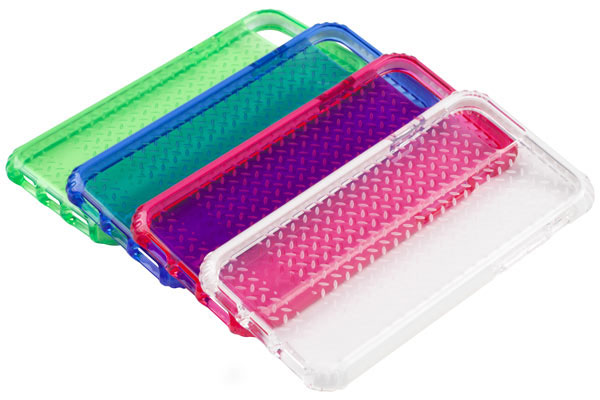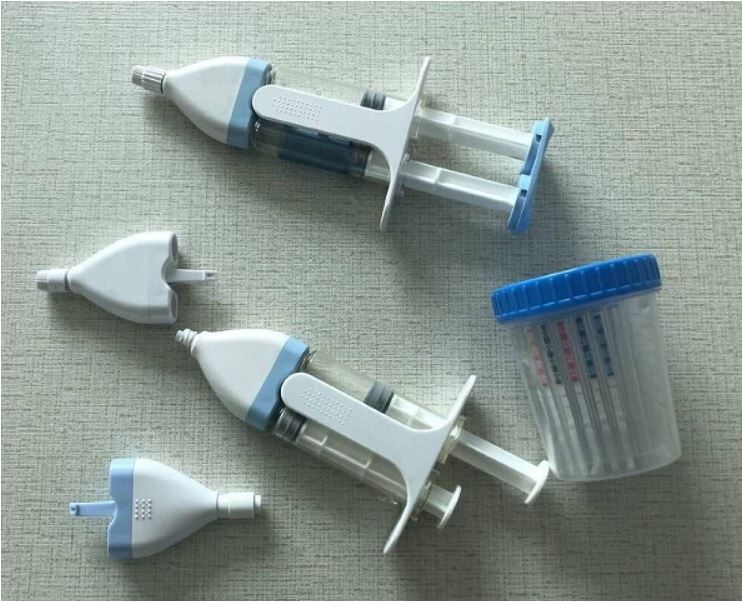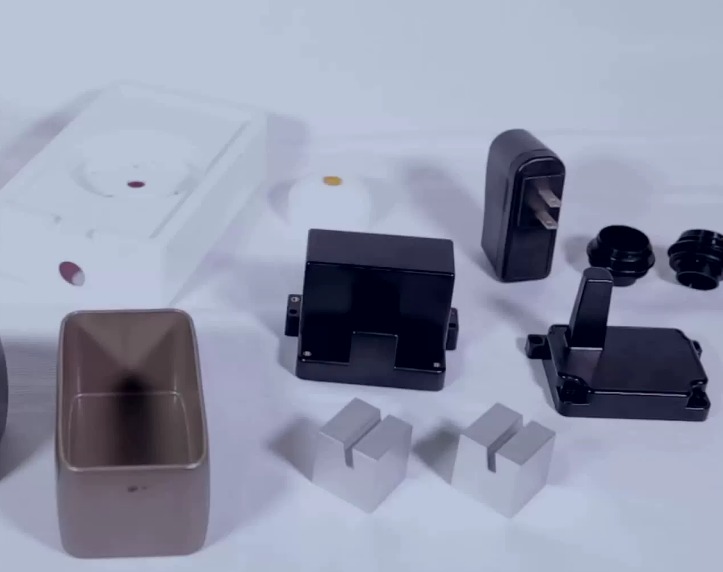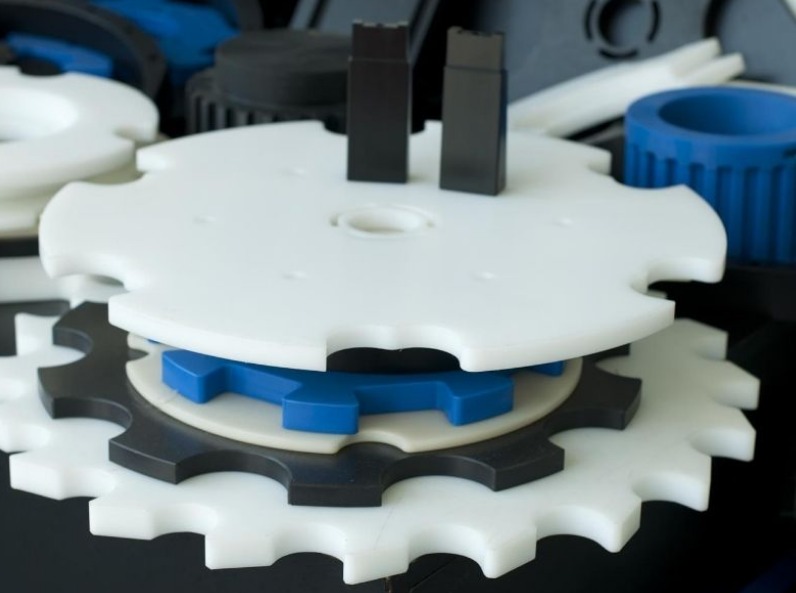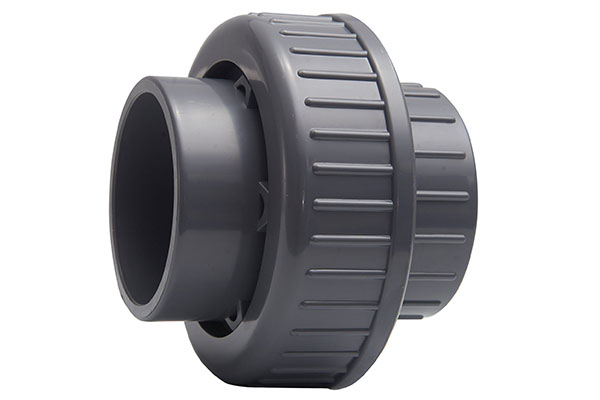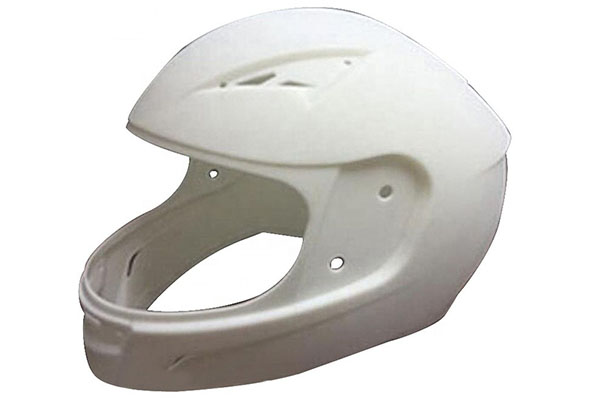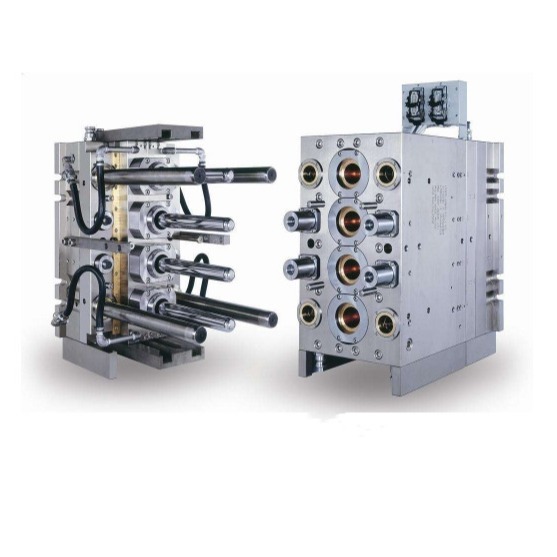Polycarbonate (PC) is a versatile engineering plastic prized for its unique combination of high impact strength and optical clarity, but molding it to perfection presents distinct challenges. Even small variations in processing can compromise its impact resistance, turning durable parts brittle. Achieving consistent optical clarity is another hurdle—micro-voids or flow lines that might go unnoticed in opaque plastics become glaring flaws in clear PC components. Additionally, PC’s sensitivity to moisture and high processing temperatures requires precise control to avoid defects like haze or warpage. This guide addresses these pain points, offering expert insights into PC’s properties, molding processes, and more to help you produce high-quality parts that leverage its full potential.
Material Properties of Polycarbonate (PC): Strength Meets Transparency
Polycarbonate (PC) stands out for its exceptional balance of mechanical and optical properties. Its high impact strength is legendary—with a notched Izod impact strength of 60–80 kJ/m², it’s virtually unbreakable under normal conditions, making it ideal for safety-critical parts like bulletproof glass and protective eyewear.
Optical clarity is another key attribute, with light transmission rates of 89–90%, rivaling glass. This makes PC a top choice for lenses, display screens, and light fixtures where both transparency and durability are needed.
Thermal resistance is impressive, with a glass transition temperature of 145–150°C, allowing PC parts to withstand continuous use at 120°C—suitable for automotive underhood components and electrical enclosures. Dimensional stability is good, with a coefficient of thermal expansion of 60–70 ppm/°C, ensuring parts retain their shape across temperature fluctuations.
Chemical resistance is moderate: PC resists water, oils, and dilute acids but can be damaged by solvents like acetone and alcohols. It offers inherent flame retardancy (UL94 V-2 rating without additives), with flame-retardant grades achieving UL94 V-0. Electrical insulation properties are excellent, making it useful for connectors and switchgear. UV resistance is limited in standard grades, though UV-stabilized versions are available for outdoor applications.
Injection Molding Process for PC: Precision in Every Parameter
PC injection molding demands careful control to preserve its unique properties. Drying requirements are strict—PC absorbs moisture rapidly, so it must be dried at 120–130°C for 4–6 hours in a dehumidifying dryer, ensuring moisture content below 0.02% to prevent hydrolysis, which causes cloudiness and reduced impact strength.
Melt temperature ranges from 280–300°C. Temperatures below 280°C lead to poor flow and short shots, while exceeding 310°C causes degradation, resulting in yellowing, reduced impact strength, and gas formation. Injection pressure typically falls between 80–140 MPa, with higher pressures needed for thin-walled or complex parts to ensure complete filling.
Injection speed should be moderate to high (50–80 mm/s) to minimize flow marks, but not so fast that shear heating causes degradation. A balanced speed ensures the mold fills smoothly without creating visible lines. Cooling time is 20–30 seconds, critical to prevent internal stress that causes optical defects like birefringence or reduces impact resistance.
Cycle time averages 40–60 seconds, with high-gloss processing requiring slower cooling to maintain surface smoothness. Runner and gate design should be generous—large runners and edge gates work well, as PC’s viscosity is higher than many plastics. Process optimization often involves fine-tuning hold pressure to eliminate sink marks without introducing stress.
Mold Design for PC Molding: Engineering for Performance
Mold design principles for PC focus on preserving impact strength and clarity. PC mold materials must be durable and polished—P20 steel with a mirror finish (Ra < 0.02 μm) is standard, with H13 steel recommended for high-volume runs to resist wear. High-gloss mold surface replication is critical for clear parts, so molds require regular polishing.
Mold flow analysis is essential to identify potential issues like air traps or weld lines, which weaken parts and reduce clarity. Cooling channel layout should be uniform, with channels 8–12 mm from the cavity to prevent uneven cooling and warpage. Water temperatures of 60–70°C balance cooling speed and part quality, avoiding excessive stress.
Venting requirements are strict: vents 0.01–0.02 mm deep at flow ends and parting lines prevent air bubbles, which appear as voids and weaken the part. Draft angles of 1–2° per side reduce friction during ejection, protecting the part’s surface and preventing stress concentrations.
Ejector pin design uses large, flat pins or stripper plates to distribute force evenly, avoiding marks that mar clarity or create stress points. Hot runner systems with valve gates are beneficial for large or complex parts, reducing weld lines and gate marks. Mold flow analysis helps optimize gate placement to ensure even filling and minimize stress.
Quality Control and Defects in PC Molding: Solving Common Issues
PC’s unique properties make certain defects particularly problematic, but most are preventable with proper controls:
| Defect | Cause | Solution |
| Cloudiness/Haze | Moisture or degradation | Improve drying; lower melt temperature. |
| Warpage | Uneven cooling or residual stress | Balance cooling channels; optimize hold pressure. |
| Voids | Trapped air or insufficient packing | Add vents; increase hold pressure. |
| Flow Lines | Slow or uneven injection speed | Increase speed; optimize gate location. |
| Reduced Impact Strength | Degradation or excessive stress | Lower melt temperature; anneal parts. |
Quality control methods include visual inspections under LED lights to detect haze, and impact testing (Izod or Charpy) to verify strength. Optical defects like birefringence are checked with polariscopes, ensuring parts meet standards for lenses and displays.
Statistical process control (SPC) monitors variables like melt temperature and pressure, with allowable deviations of ±5°C and ±10 MPa. Dimensional accuracy is verified with CMMs, targeting tolerances of ±0.03 mm for precision parts like optical components.
Applications of PC in Injection Molding: Versatility in Action
PC’s unique combination of properties makes it indispensable across industries:
- Optical components: Camera lenses, eyeglass lenses, and fiber optic connectors leverage its optical clarity and impact resistance.
- Automotive parts: Headlight lenses, dashboard displays, and safety glass use PC for its durability and transparency.
- Electronics enclosures: Smartphone cases, laptop housings, and router covers benefit from its impact resistance and electrical insulation.
- Medical devices: Oxygen concentrator housings and IV fluid containers use PC for its clarity, impact strength, and ability to withstand sterilization.
- Consumer products: Water bottles, safety goggles, and power tool housings rely on its durability and transparency.
Design for manufacturing tips: Use uniform wall thickness (2–4 mm) to avoid sink marks and stress concentrations. Add radii to corners to enhance impact resistance, as sharp corners act as stress risers. For outdoor applications, specify UV-stabilized grades to prevent yellowing.
Post-Processing and Finishing of PC Parts: Enhancing Performance
Post-molding operations for PC must preserve its impact strength and clarity. Surface treatments like hard coating (silicone dioxide or diamond-like carbon) boost scratch resistance, common for eyewear and displays.
Painting and coating with UV-stable paints enhances UV resistance for outdoor parts, applied in dust-free environments to avoid particles. Adhesive bonding uses cyanoacrylates or epoxies, though surface preparation (abrasion or plasma treatment) improves bond strength.
Ultrasonic welding works well for PC, creating strong, hermetic seals without affecting clarity—ideal for medical device enclosures. Machining and trimming use sharp carbide tools at low speeds to prevent chipping, critical for precision parts.
Heat treatment (annealing at 120–130°C for 1–2 hours) relieves residual stress, improving impact strength and reducing warpage. Assembly tolerances are tight (±0.02 mm) for optical components, with finishing standards including ISO 10110 for lenses.
Yigu Technology’s Perspective
As a leading custom manufacturing supplier in China, Yigu Technology specializes in PC injection molding. We understand that balancing high impact strength and optical clarity is critical, so we use precision molds with mirror finishes and strict drying protocols. Our expertise in process optimization minimizes defects like haze and warpage, ensuring parts meet the highest standards for automotive, medical, and electronics applications. Whether you need durable safety components or clear optical parts, we deliver PC parts that combine performance, consistency, and reliability.
FAQs
- How does PC compare to PMMA in terms of impact resistance and clarity?
PC has far higher impact strength (60–80 kJ/m² vs. PMMA’s 2–4 kJ/m²) but slightly lower optical clarity (89–90% light transmission vs. PMMA’s 92–93%). PC is better for applications needing durability, while PMMA excels in pure clarity.
- Can PC be recycled?
Yes, PC is recyclable. Recycled PC (rPC) retains most mechanical properties but may have reduced clarity, making it suitable for opaque parts like housings. Virgin PC is preferred for clear or high-impact applications.
- What causes PC parts to become brittle over time?
Brittleness in PC is often due to hydrolysis (from moisture during processing) or UV degradation. Using proper drying protocols and UV-stabilized grades for outdoor parts prevents this issue.
